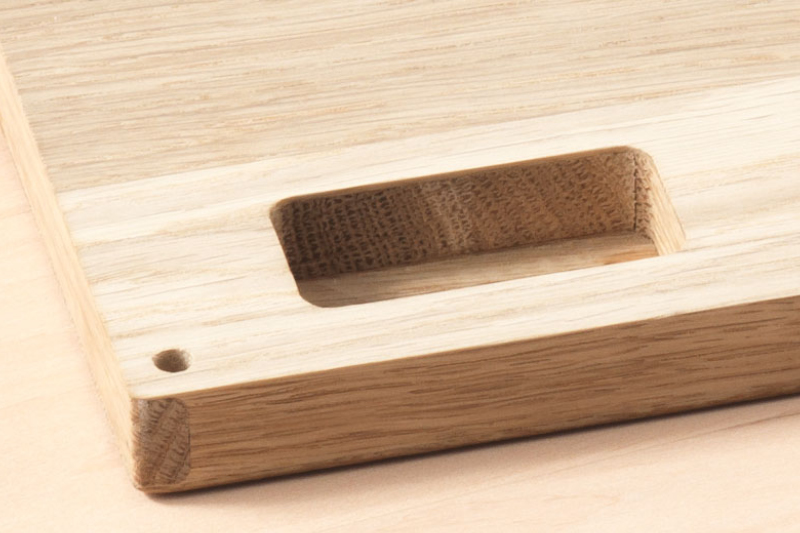Solid wood and panel processing

Panel processing
Dimension accuracy and fine surfaces also play an important role in the calibration of chipboard, MDF, wood core plywood and plywood. Surfaces must be perfectly sanded especially for subsequent lamination or coating with foils. To this must be added a high working capacity and functional safety as special processing requirements to be able to cope with large production quantities as encountered in the panel industry. Heesemann calibration machines meet this requirement. They combine modern technology and capacity reserves.
Solid wood processing
Today the surface qualities demanded from solid wood are comparable to those obtained with veneers. Consequently, the requirements placed on calibrating machines in the furniture and panel industry have been extended beyond a purely dimensional stability towards a high surface quality. Heesemann machines possess important technical advantages for the calibration of solid lumber panels, solid wood frames and parquet material.
- For high stock removal a cutter head is available. Even for solid lumber and solid wood panels with a stock removal of up to 4 mm and with a complete charge the loose fibre chips are removed by the dust extraction system to the extraction channels.
- The quality of the cutter block guarantees optimal surface quality for this application. This is achieved by the extracting cut movement caused by the spiral position of the cutting knives. Afterwards it is considerably easier to calibrate and carry out a final sanding with a segmented pressure beam on the same machine.
- Torsion free unit suspension, combined with solid and precise NC controlled height adjustment, ensuring dimensionally stable parts throughout the entire machine operating life.
- A steel roller which, due to its virtually non-measurable wear and precision bearing, achieves a high degree of accuracy even when sanding aggressively.
- High motor ratings of up to 75 kW for intensive material removal.
- Segmented press-on lip at the infeed of the calibration roller permitting an intensive contact pressure on workpieces with differing thickness even with multi-track feeding.
- The cross sanding technology employed for the downstream fine sanding units avoids the washing out effect encountered with soft woods resulting from different annular ring hardness and ensures a flat sanded surface of knots characterized by varying wood hardness.
- A greater jump in grit sizes is possible between rollers and cross sanding unit due to the aggressive sanding attack of the cross belt.
- The CSD® electromagnetic pressure beam technology, with infinite pressure regulation of each pressure element, precludes a rounding of the edges on calibrated surfaces.
- An effective and cost saving extraction and belt cleaning which can even handle large dust quantities.


